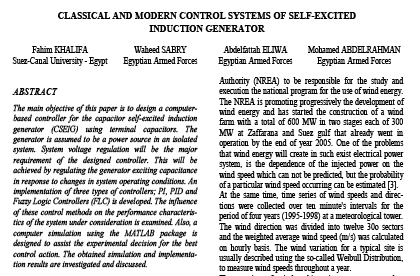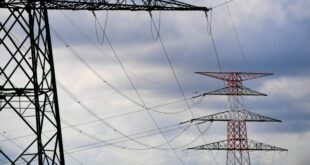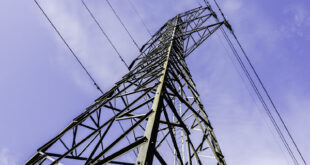The main objective of this paper is to design a computerbased controller for the capacitor self-excited induction generator (CSEIG) using terminal capacitors. The generator is assumed to be a power source in an isolated system. System voltage regulation will be the major requirement of the designed controller. This will be achieved by regulating the generator exciting capacitance in response to changes in system operating conditions. An implementation of three types of controllers. PI. PID and Fuzzy Logic Controllers (FLC) is developed. The influence of these control methods on the performance characteristics of the system under consideration is examined. Also. a computer simulation using the MATLAB package is designed to assist the experimental decision for the best control action. The obtained simulation and implementation results are investigated and discussed.
At the down of 20th century. with the continuous demand of energy and cost increase of different types of fuel. the efforts were continued in the direction of depletion of this gap. So. it is necessary to investigate and develop alternative energy sources. Of these sources. the renewable energy sources. and wind energy seems to be a promising alternative to classical energy sources. Different reasons directed all researches to the wind energy. mainly because it does not cause environmental contamination and at most sites. its seasonal availability shows a good correlation with the seasonal demand for energy [1-2]. Over the last ten years. the U.S. National Renewable Energy Laboratory (NREL) has developed new methods to more accurately assess. the wind resource and produce detailed high-resolution (1 km2) wind maps for essentially anywhere in the world. According to these advancements the wind atlases are designed to include information and wind power classifications specific for both small ruralpower applications and large utility-scale applications. as suggested by the photos taken by using upper air (weather balloon) and satellite-derived wind data.
 Iran Energy News Oil, Gas, Petrochemical and Energy Field Specialized Channel
Iran Energy News Oil, Gas, Petrochemical and Energy Field Specialized Channel




